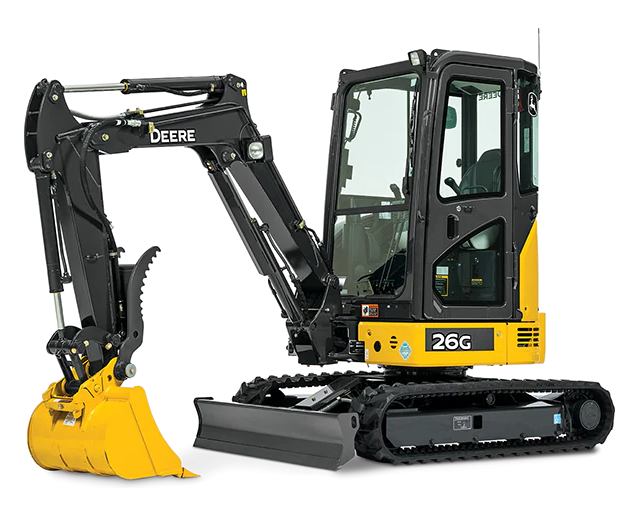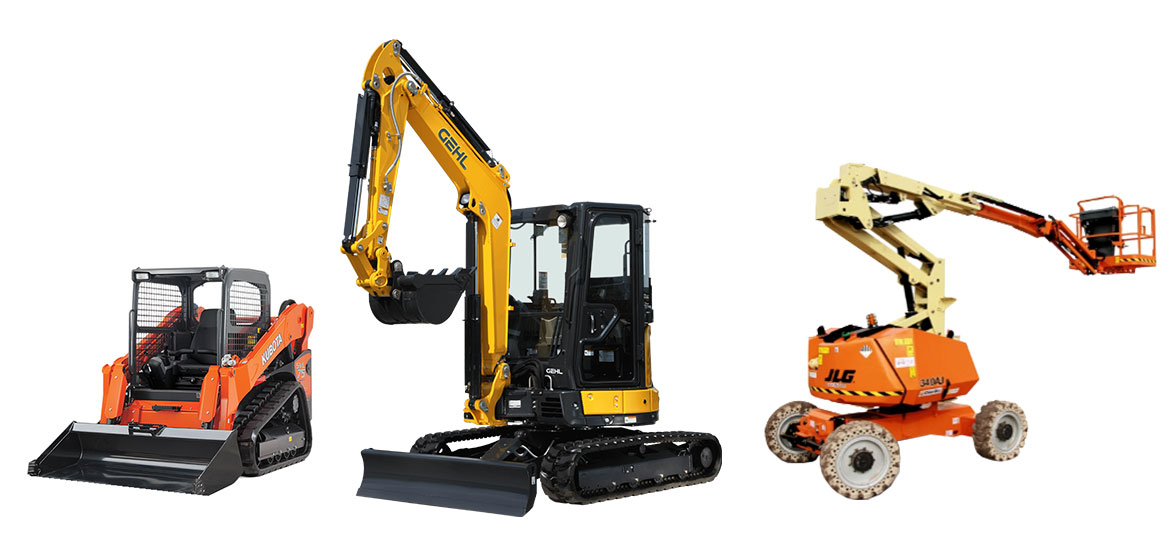Forklift Rental: Heavy Lifting Equipment for Warehousing and A lot more
Forklift Rental: Heavy Lifting Equipment for Warehousing and A lot more
Blog Article
Optimize Your Spending Plan by Understanding the Costs Connected With Building Devices Services
Recognizing the complete extent of prices connected with building and construction equipment rentals is vital for maximizing your budget plan. What methods can be used to effectively handle these prices and make sure an extra efficient rental experience?
Summary of Rental Costs
When taking into consideration construction tools leasings, recognizing the associated prices is vital for effective budgeting and job preparation. Rental expenses can differ significantly based on a number of aspects, including equipment type, period of rental, and area. The preliminary rental cost frequently reflects the tools's market demand and its associated operational abilities, influencing the general cost.
Along with the base rental price, supplementary prices might arise, such as transportation charges, gas additional charges, and maintenance fees. It is necessary to represent these added expenses to accurately analyze the total expense of renting out tools. Additionally, the rental duration can influence pricing; longer rentals may receive affordable prices, while short-term rentals may sustain greater day-to-day charges.

Malfunction of Rental Rates
A detailed understanding of rental prices is crucial for service providers and task supervisors aiming to optimize their budget plans. Rental prices for construction tools typically contain numerous elements, consisting of base rates, time-based charges, and use charges.
Base prices are the core fees related to the service of the equipment, commonly identified by the type and size of the machinery. These prices can differ substantially, affected by aspects such as devices need, schedule, and regional market fads. Time-based fees, which may be daily, weekly, or monthly, offer to fit various job timelines and rental durations.
In addition, rental rates may consist of use fees, which are applicable when tools is used beyond a defined threshold, ensuring that the rental firm can account for wear and tear. Seasonal demand variations can also influence rental rates, with peak building and construction seasons generally commanding higher costs.
Moreover, comprehending the rental firm's plans regarding maintenance and insurance can provide more understanding right into the general price structure. By assessing these components, specialists can make enlightened decisions, ensuring the option of rental tools aligns with both job needs and budget plan constraints.
Added Costs to Take Into Consideration
Understanding the ins and outs of additional fees is critical for service providers to manage their general leasing costs properly. Beyond the common rental prices, various supplemental costs can significantly influence the complete expense of devices rental. These costs usually consist of shipment and pick-up costs, which can differ based upon distance and logistics included in carrying the equipment to and from the job website.
Furthermore, some rental firms may enforce gas surcharges if the tools is returned with much less fuel than when leased. It is additionally important to be mindful of possible cleaning fees, especially for specialized equipment that needs detailed maintenance after use.

Completely reviewing the rental agreement and clarifying these extra charges in advance can help contractors ensure and stay clear of unexpected expenses that budget plans remain undamaged throughout the task lifecycle.
Maintenance and Repair Expenditures
Regular repair and maintenance costs are often neglected variables that can dramatically affect the overall expense of construction equipment rentals. When renting out devices, it is critical to take into consideration not only the rental charges yet also the potential expenses related to keeping the machinery in optimum operating problem.
Numerous rental business consist of fundamental maintenance as part of the rental arrangement; nevertheless, a lot more extensive repair work or unforeseen failures can lead to additional expenditures. It's important to examine the rental contract very carefully to comprehend what maintenance services are covered and what obligations drop on the tenant.
Furthermore, tools that is not properly maintained can lead to inadequacies on the task website, potentially causing delays and boosting job costs. To reduce these risks, it is suggested to conduct routine assessments and maintain open communication with the rental service provider relating to any concerns that arise throughout use.
Insurance Policy and Liability Expenses
Insurance coverage and responsibility prices are essential parts that can substantially impact the total expense of construction devices leasings (scissor lift rental). These prices make sure this contact form that both the rental firm and the client are protected from prospective monetary losses occurring from crashes, damage, or burglary during the rental period

Furthermore, customers ought to know any type of deductibles or exemptions in the insurance plan, as these can impact potential out-of-pocket expenses. Recognizing the conditions of any type of insurance policy coverage is crucial to avoid unexpected prices. Inevitably, budgeting for insurance policy and liability expenditures can assist make certain a smoother rental experience and protect against financial threats associated Visit Website with building and construction jobs.
Final Thought
In final thought, a comprehensive understanding of the prices connected with construction devices rentals is necessary for reliable spending plan monitoring. Ultimately, informed decision-making regarding equipment rentals adds to the overall success of building and construction endeavors.
Rental expenses can differ substantially based on numerous elements, including devices kind, period of leasing, and place (rental company near me). The rental period can influence prices; longer rentals might certify for reduced prices, while temporary leasings might incur greater daily costs
By conducting extensive research study and engaging with reputable rental business, contractors can properly browse the complexities of rental rates, inevitably maximizing their economic resources.
Beyond the standard rental prices, numerous supplemental fees can substantially influence the overall expense of tools service. Rental companies typically supply liability insurance that covers injuries to third events or damage to property, while tools damage insurance policy can cover the price of fixings or substitute if the rented out tools is harmed.
Report this page